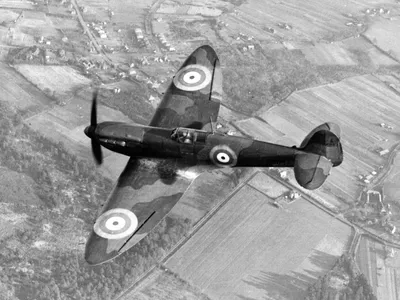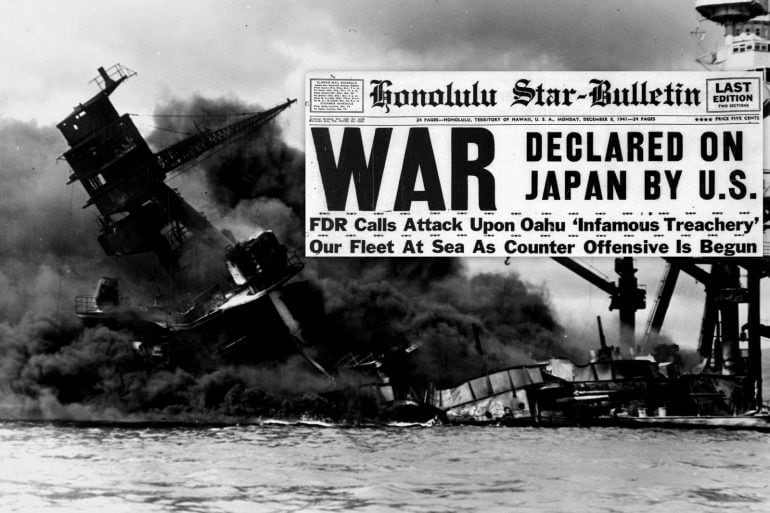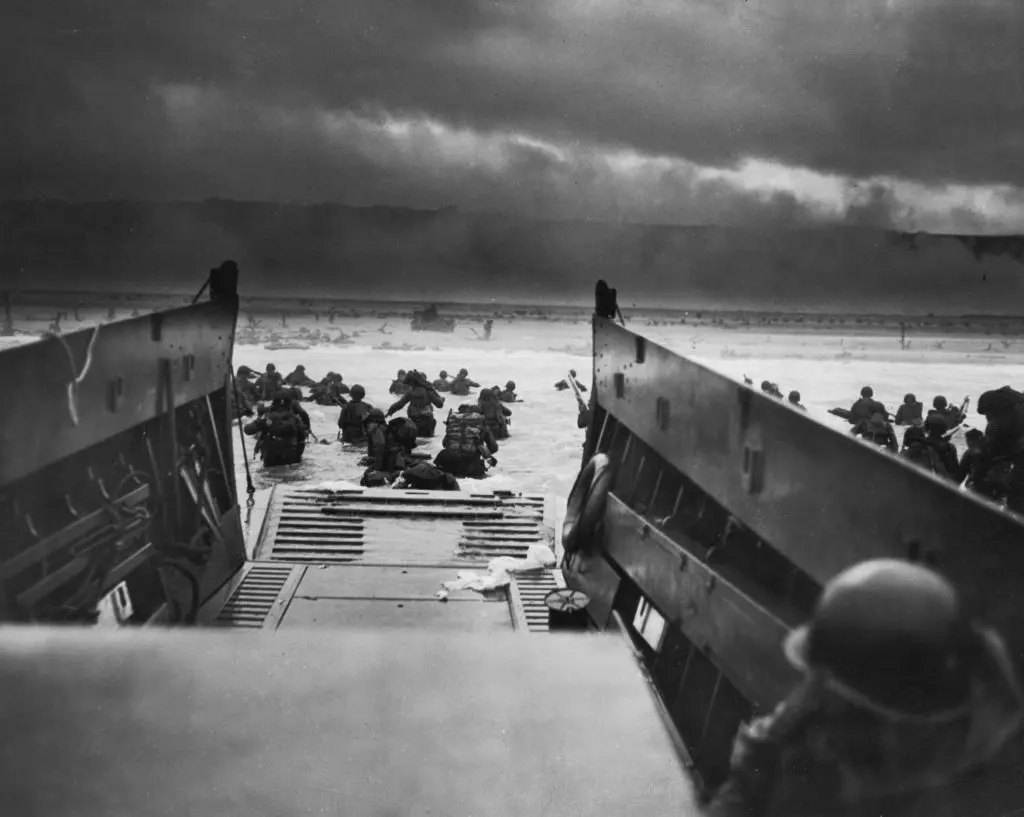The Road to War
The origins of World War II can be traced back to the aftermath of World War I. The Treaty of Versailles, which ended the war in 1919, imposed heavy reparations and territorial losses on Germany. Economic hardships, political instability, and a sense of national humiliation created fertile ground for the rise of extremist ideologies.

Image: Leaders at the signing of the Treaty of Versailles, which imposed harsh penalties on Germany.
The Rise of Adolf Hitler
In 1933, Adolf Hitler and the Nazi Party came to power in Germany. Hitler promised to restore Germany’s former glory, rebuild the military, and reclaim lost territories. His aggressive foreign policy and expansionist ambitions soon led to increased tensions in Europe.

Image: Adolf Hitler, leader of the Nazi Party, addressing a crowd.
Invasion of Poland
On September 1, 1939, Germany invaded Poland, employing a new military tactic known as Blitzkrieg, or “lightning war.” This strategy involved fast-moving, coordinated attacks using aircraft, tanks, and infantry to quickly overwhelm the enemy. The invasion marked the beginning of World War II.

Image: German tanks advancing into Poland during the Blitzkrieg.
The World Reacts
In response to the invasion, Britain and France declared war on Germany on September 3, 1939. Despite their declarations, there was little immediate military action, leading to a period known as the “Phoney War.” However, this calm would not last long as conflict soon spread across Europe and beyond.

Image: Headlines announcing Britain and France’s declaration of war on Germany.
The Spread of Conflict
As Germany continued its aggressive expansion, other nations were drawn into the conflict. The Soviet Union invaded Poland from the east, while Germany conquered Denmark and Norway in April 1940. By May 1940, Germany launched a massive invasion of Western Europe, quickly overrunning Belgium, the Netherlands, and France.

Image: Map showing German territorial expansion during the early stages of World War II.
The Battle of Britain
In the summer of 1940, Germany turned its attention to Britain. The Battle of Britain was a prolonged aerial campaign aimed at achieving air superiority in preparation for a potential invasion. Despite intense bombing raids, the Royal Air Force (RAF) successfully defended the skies, marking Germany’s first major defeat.

Image: British Spitfire aircraft in action during the Battle of Britain.
Global War
World War II soon spread beyond Europe. In 1941, Germany invaded the Soviet Union, breaking the non-aggression pact between the two nations. Meanwhile, Japan, allied with Germany and Italy, expanded its empire in Asia and the Pacific, eventually attacking the United States at Pearl Harbor on December 7, 1941.

Image: The attack on Pearl Harbor, which led to the United States entering World War II.
A Long and Costly War
World War II would continue until 1945, involving more than 100 million people from over 30 countries. It became the deadliest conflict in human history, with significant impacts on the course of global history and profound consequences for nations and individuals alike.

Image: Soldiers from various nations involved in World War II.
Remembering the Start
The invasion of Poland in 1939 and the subsequent outbreak of World War II remain pivotal moments in history. They serve as a reminder of the dangers of unchecked aggression and the importance of international cooperation to prevent future conflicts.

Image: A war memorial dedicated to those who served and sacrificed during World War II.



